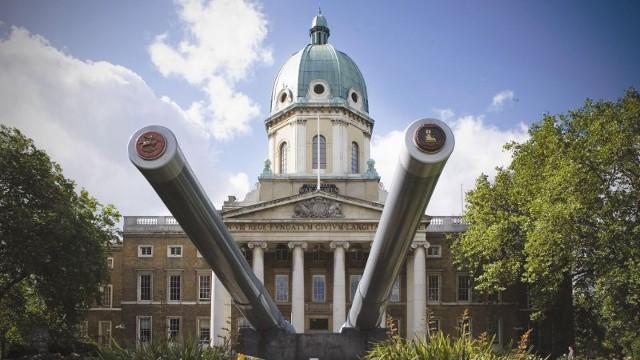Wednesday 17 July: Museum as Memorial: The Imperial War Museum
Section outline
-

Meeting Point:
Morning and Afternoon Sessions: The Imperial War Museum (nearest Tube: Elephant & Castle). In the morning, meet at the entrance to the “Witnesses to War” display on the first floor. When you enter the museum from the main front entrance, there is a bookshop to your right. Walk through the bookshop to the exit at the opposite end. Meet just outside the bookshop exit, near the sign for the “Witnesses to War” display.
-
Log in through your QMUL account for access.
-
Log in through your QMUL account for access.